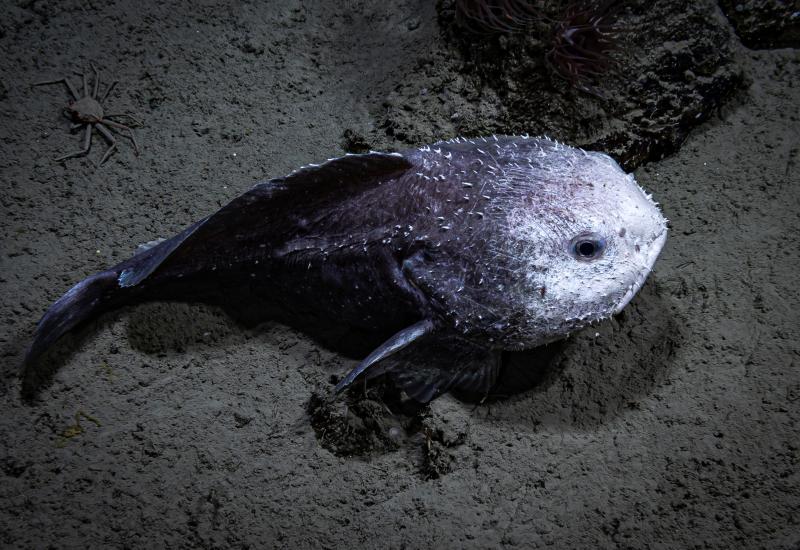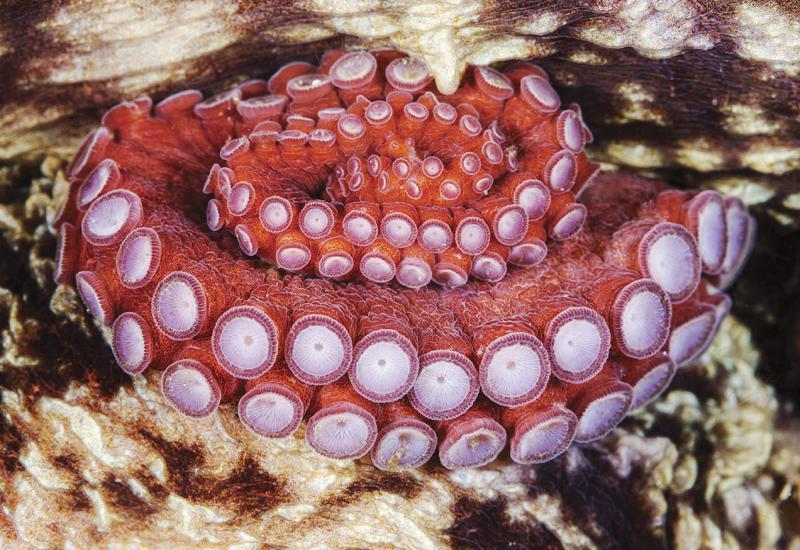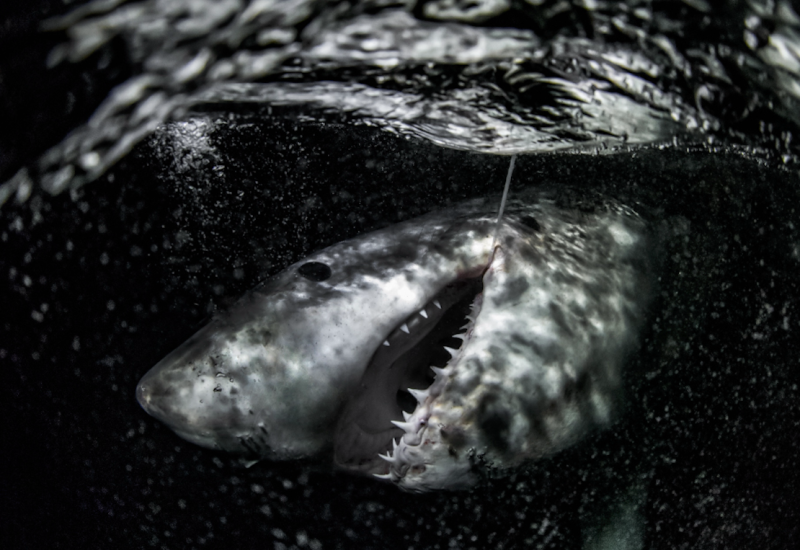Meet 5 of the Ocean’s Most Clever Tricksters
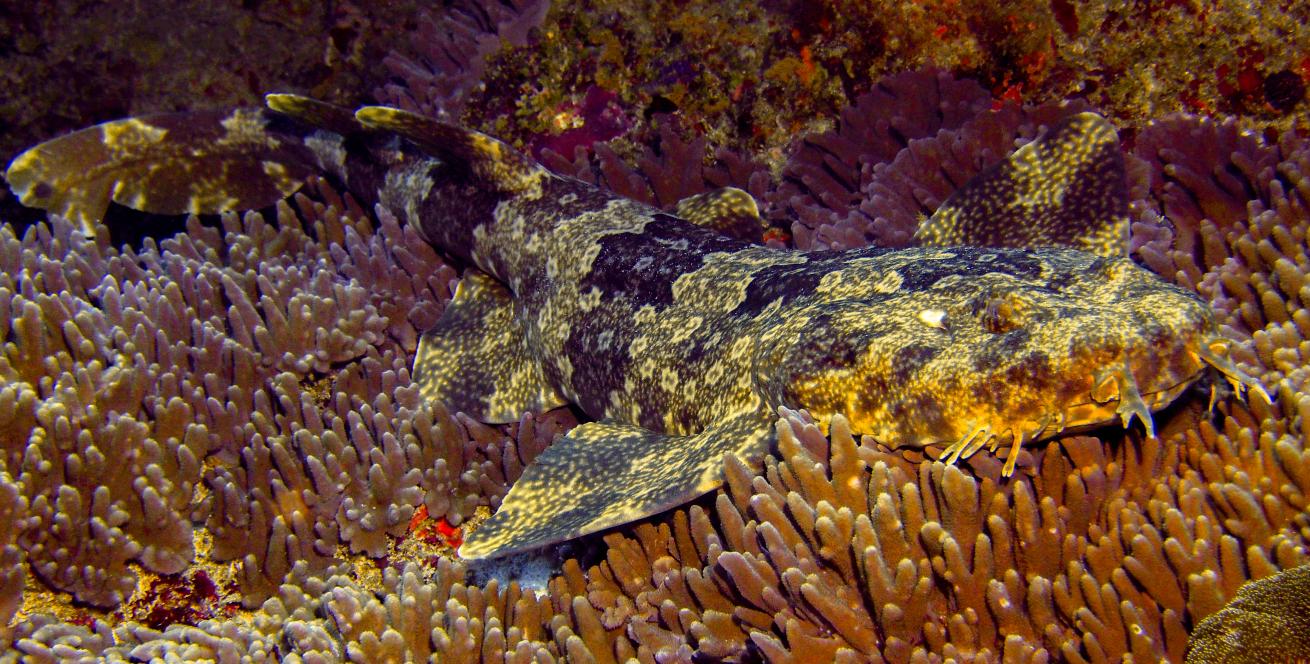
Shutterstock.com/MikeWorkmanA wobbegong shark is a the top of our list of ocean tricksters.
April 1 – an infamous day filled with practical jokes, playful hoaxes and hijinx that make you think twice. According to the History Channel, April Fools’ Day is an unofficial holiday that has been celebrated worldwide for centuries. Though its exact origin is debated, one thing remains clear: at the start of April, it is customary to be a little tricky.
On this April Fools’ Day, we’re celebrating the tricksters of the ocean – marine animals that keep fooling us all year long.
Tasselled Wobbegong Shark
The tasseled wobbegong isn’t just a tongue-twister to say – it’s also the sneakiest shark in the ocean. Despite growing up to 6 feet in length, its tassels and unique coloration help it to blend perfectly into its tropical reef habitat. An ambush hunter, the tasseled wobbegongs will lay still underneath coral outcroppings in wait of prey. Then, it will wave its lure-like tail in ways that mimic a small fish swimming. Prey fish will think it's a safe spot to swim towards – and won’t realize their mistake until it’s too late.
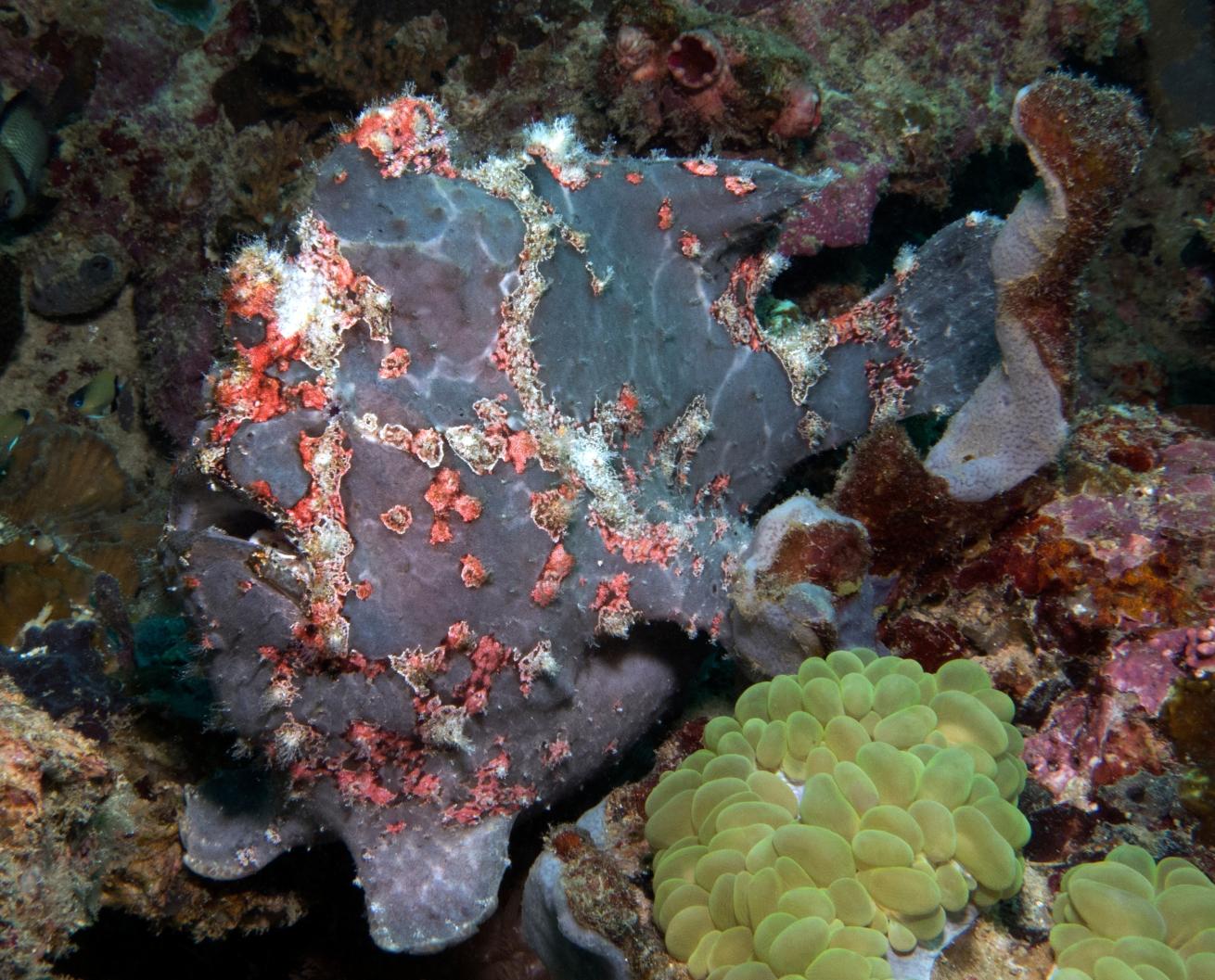
Shutterstock.com/PauloViolasA painted frogfish blends into the surrounding coral in Boracay Island, Philippines.
Frogfish
Frogfish are masters of disguise. Found in almost all tropical and subtropical oceans around the world, they’re notoriously hard to spot because of their excellent camouflage. Some species can adapt perfectly to their surroundings, blending in with the bright colors of a coral reef or darker rocks, sand and sponges. The hairy frogfish can look like a ball of algae or use its hairy appendages to mimic worms to attract prey. In order to not stand out, frogfish usually move very slowly – then, strike rapidly to catch their prey.
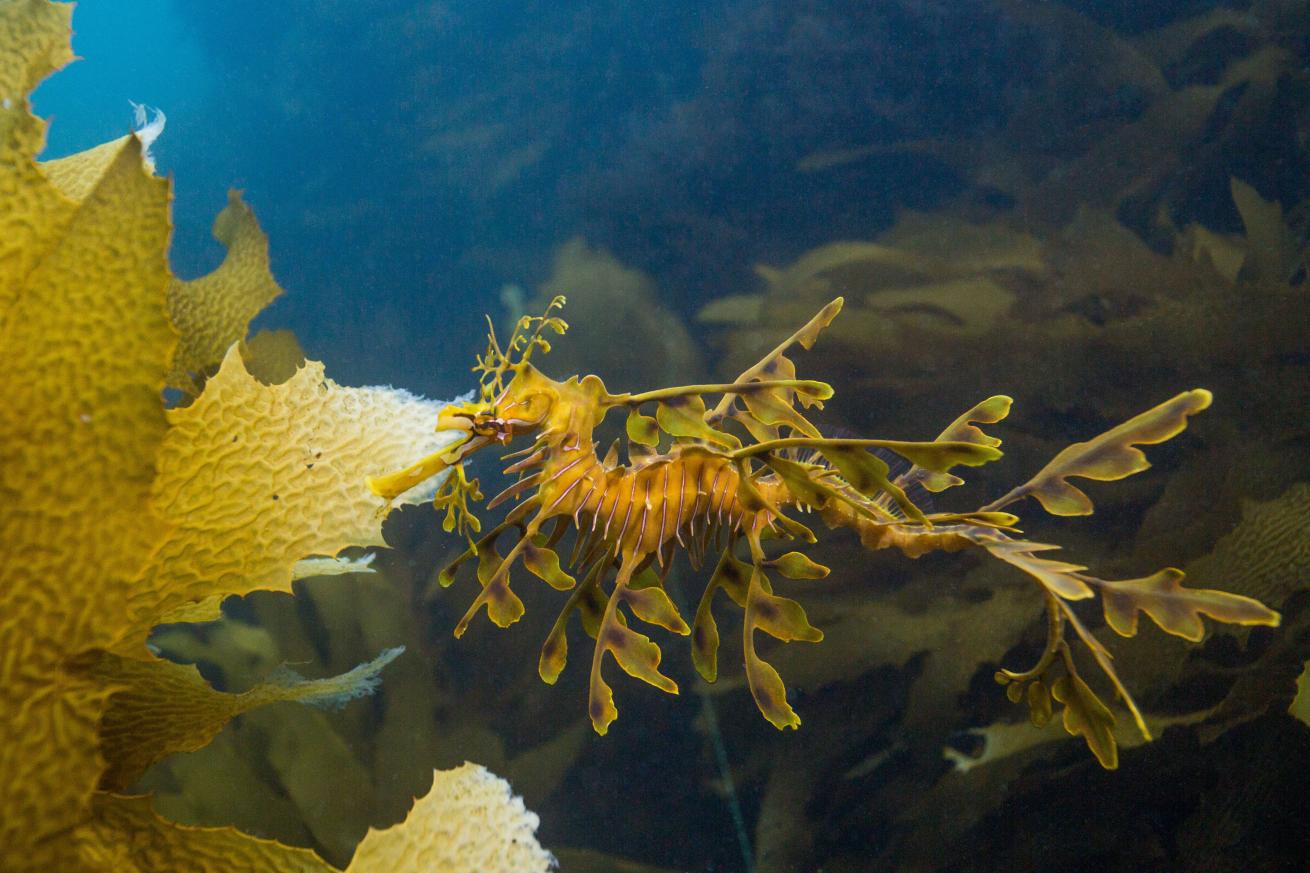
Shutterstock.com/AshtonEaA golden leafy sea dragon, looking ever so similar to kelp in Australia.
Leafy Seadragon
The next time you’re in southern or western Australia, take a look at any seaweed floating by; it might be a leafy seadragon! These cleverly camouflaged fish are cousins of seahorses and pipefish. They’re notoriously hard to spot. Their leaf-shaped protrusions and appendages help them blend perfectly with kelp and seaweed in their environment. To move, they also only use the two fins alongside their heads – swimming so slowly that they look just like floating seaweed.
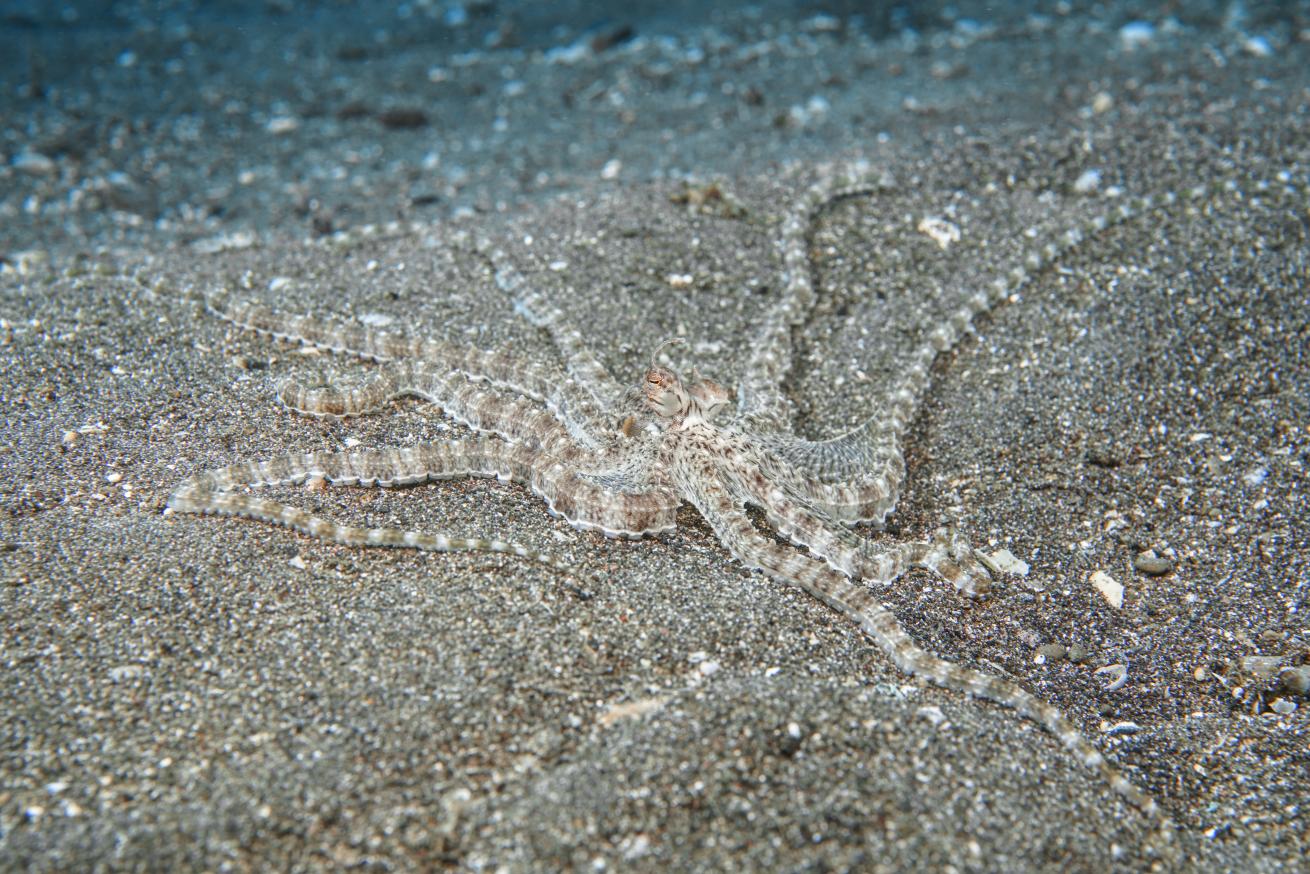
Shutterstock.com/SaschaJansonLook close or you might miss this mimic octopus in Lembeh Strait, Indonesia.
Mimic Octopus
With “mimic” in its name, it’s no wonder this crafty cephalopod made our list. These octopuses change their color, texture and arm movement to trick would-be predators. Researchers estimate that this flexible feigner can impersonate up to 15 different species – including deadly sea snakes, venomous lionfish and poisonous fish. Scientists believe the octopus will choose what animal to mimic based on what predator is after it; the trickster tries to appear the least palatable as possible.
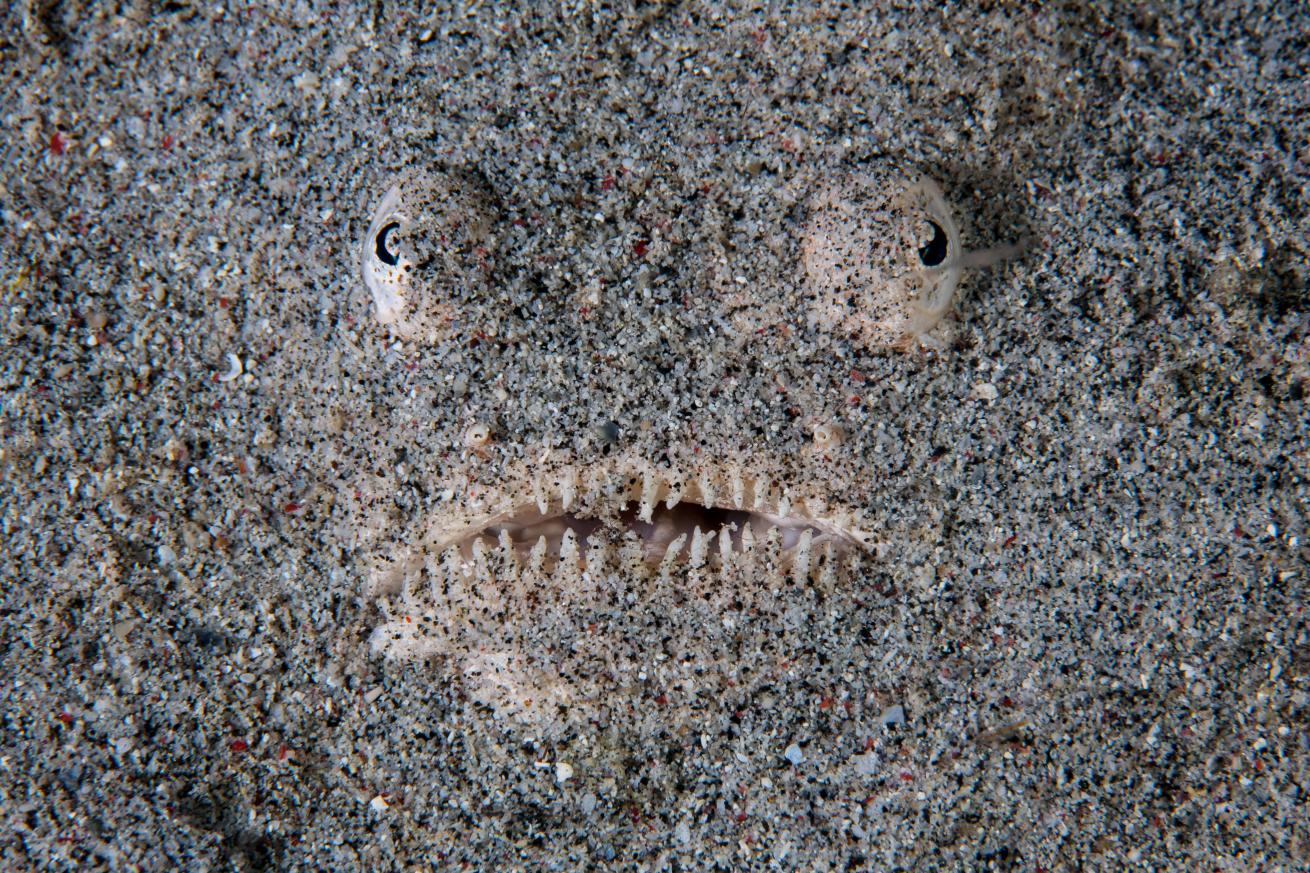
Shutterstock.com/EthanDanielsAn ambush predator, the stargazer uses its tongue to lure in prey.
Stargazer Fish
Sometimes called the ugliest fish in the sea, the stargazer has two tricks up its fins: it buries itself very rapidly under sand to hide in ambush of prey and it has a frilly lure-like tongue it uses to lure prey into striking distance. When buried, only its eyes and mouth are visible.

